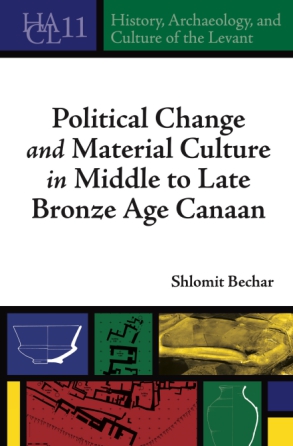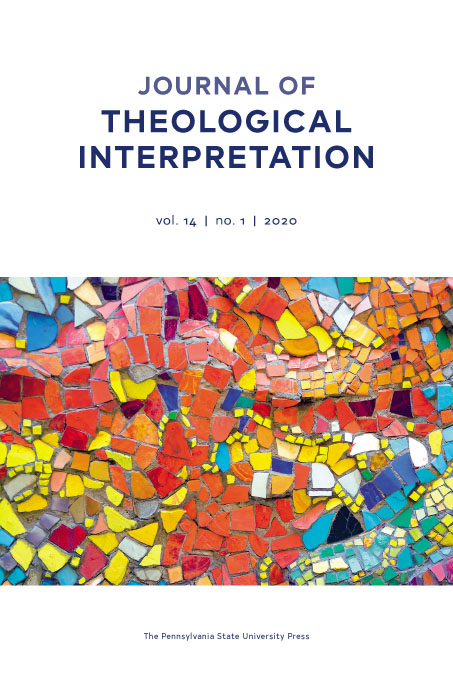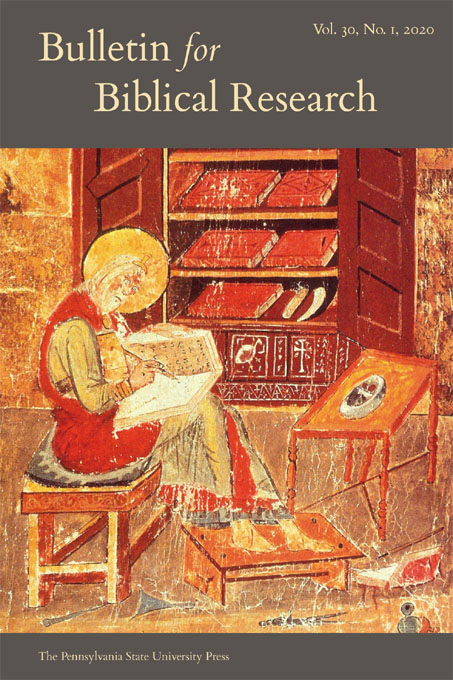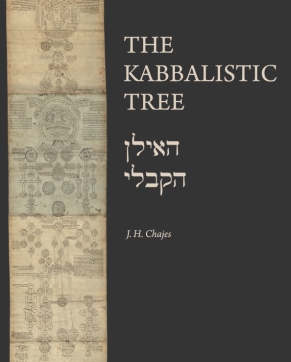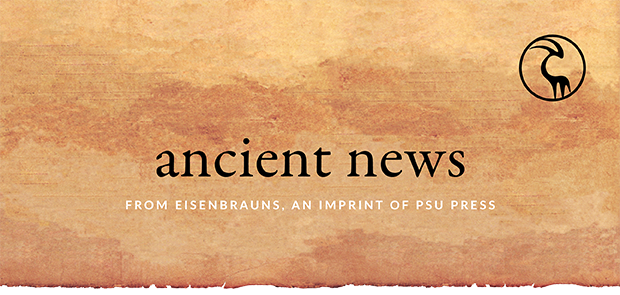
in this issue
general news
Welcome to the February issue of Ancient News!
In this issue of Ancient News, we are featuring a Q&A with Schlomit Bechar, author of Political Change and Material Culture in Middle to Late Bronze Age Canaan. Scroll down to read the conversation.
In sale news, we’re currently running a two-week sale on select books in Ancient Near Eastern languages! Use code LANE23 at checkout.
The annual meeting of the American Oriental Society is March 10–14, and we will be in attendance. Be sure to stop by our booth!
Finally, we have several new and forthcoming books this month, along with a new pair of teaching tools for Biblical Hebrew! Scroll down to see what’s new, and sign up here to keep up with all our latest publications.
Enjoy!
ancient near eastern languages sale
Save up to 50% with discount code LANE23. Sale ends 2/12.
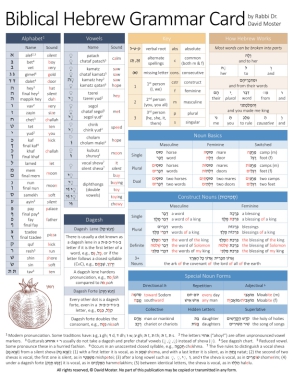
Biblical Hebrew Grammar Card
$14.95 $10.47
Appropriate for beginning and advanced students of Biblical Hebrew, this easy-to-use reference guide provides a concise summary of basic grammar concepts in an accessible format. Condensed into a six-page trifold format, the Biblical Hebrew Grammar Card neatly presents topics such as prefixes, nouns, adjectives, and suffixes, as well as numbers, weights, and measures. The verb charts are straightforward and comprehensive, with hundreds of examples organized according to stem, tense, and root.
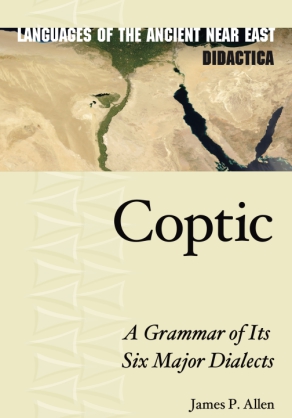
Coptic
A Grammar of Its Six Major Dialects
$64.95 $32.48
Coptic is the final stage of the ancient Egyptian language, written in an alphabet derived primarily from Greek instead of hieroglyphs. It borrows some vocabulary from ancient Greek, and it was used primarily for writing Christian scriptures and treatises. There is no uniform Coptic language, but rather six major dialects.
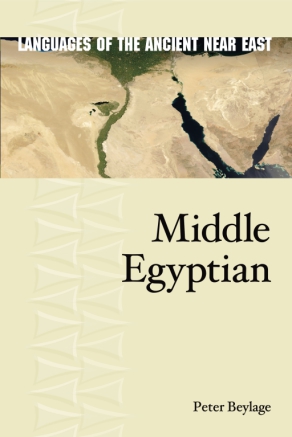
Middle Egyptian
$101.95 $61.17
This grammar provides a comprehensive overview of Middle Egyptian and illustrates its grammatical features with extensive examples from various sources. Exercises at the end of each chapter, along with a sign list and a hieroglyphic word list, provide the reader with the means to apply and practice the content, enabling this book to be used as both a grammar reference and a textbook.
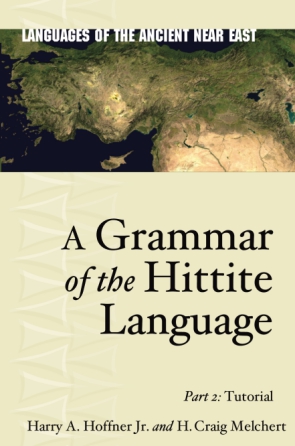
A Grammar of the Hittite Language
Part 2: Tutorial
$34.95 $24.47
The second volume of Hoffner and Melchert’s Grammar, this tutorial consists of a series of graded lessons with illustrative sentences for the student to translate. The tutorial is keyed to the reference grammar and provides extensive notes.
new books
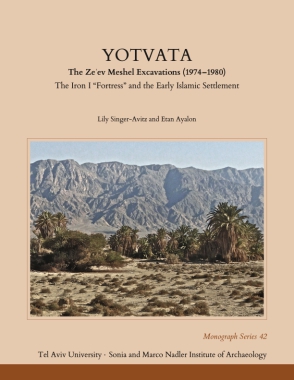
Yotvata
The Ze’ev Meshel Excavations (1974–1980): The Iron I “Fortress” and the Early Islamic Settlement
Lily Singer-Avitz and Etan Ayalon
This book presents the final report of the excavations at Yotvata, the largest oasis in the Arabah Valley, conducted by the Sonia and Marco Nadler Institute of Archaeology of Tel Aviv University in 1974–1980 under the direction of Dr. Ze’ev Meshel. The report covers two central sites: a fortified Iron I site and an Early Islamic settlement.
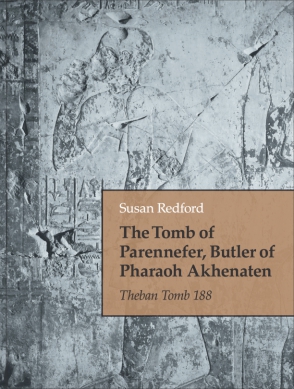
The Tomb of Parennefer, Butler of Pharaoh Akhenaten
Theban Tomb 188
Susan Redford
Theban Tomb 188 is the sole archaeological site in the ancient Theban necropolis securely dated to the reign of the “heretic pharaoh” Akhenaten (1353–1336 BCE). The result of several years of clearance and recording by Dr. Susan Redford, director of the Akhenaten Temple Project’s Theban Tomb Survey, this richly illustrated book provides a detailed description of the remaining wall scenes and texts of this historically important ancient monument.
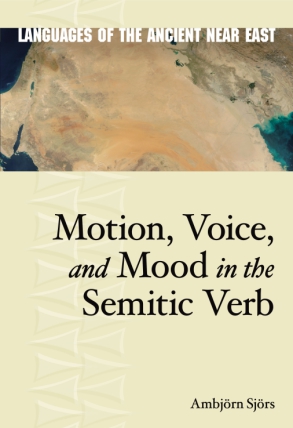
Motion, Voice, and Mood in the Semitic Verb
Henning Ambjörn Sjörs
“The formal connection of morphemes such as those between the Akkadian ventive and the Arabic energic has long been recognized, but a coherent description of the functional derivation has been lacking until now. Motion, Voice, and Mood in the Semitic Verb fills this gap in our understanding.”—Rebecca Hasselbach-Andee, author of Classical Ethiopic: A Grammar of Gəˁəz
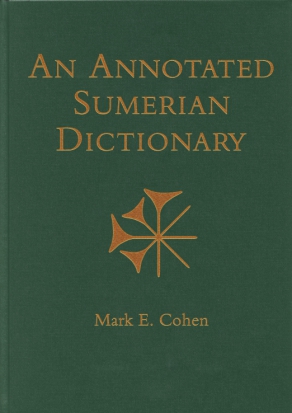
An Annotated Sumerian Dictionary
Mark E. Cohen
In press!
Sumerian was the first language to be put into writing (ca. 3200–3100 BCE), and it is the language for which the cuneiform script was originally developed. Even after it was supplanted by Akkadian as the primary spoken language in ancient Mesopotamia, Sumerian continued to be used as a scholarly written language until the end of the first millennium BCE. This volume presents the first comprehensive English-language scholarly lexicon of Sumerian.
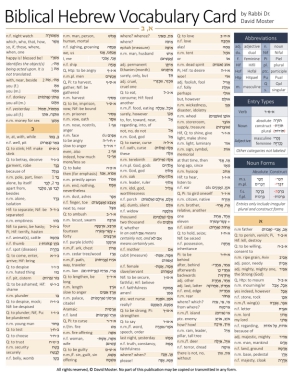
Biblical Hebrew Vocabulary Card
David Moster
The Biblical Hebrew Vocabulary Card provides learners with easy access to the words that appear on almost every page of the Hebrew Bible. This six-page trifold study guide translates 1,600 of the most common words in the Hebrew Bible, arranged alphabetically, with straightforward and precise definitions. Along with the Biblical Hebrew Grammar Card, this card will provide a reliable and easy-to-use reference for students of Biblical Hebrew.

Biblical Hebrew Grammar Card
David Moster
Appropriate for beginning and advanced students of Biblical Hebrew, this easy-to-use reference guide provides a concise summary of basic grammar concepts in an accessible format. Condensed into a six-page trifold format, the Biblical Hebrew Grammar Card neatly presents topics such as prefixes, nouns, adjectives, and suffixes, as well as numbers, weights, and measures. The verb charts are straightforward and comprehensive, with hundreds of examples organized according to stem, tense, and root.
author q&a
Schlomit Bechar, author of Political Change and Material Culture in Middle to Late Bronze Age Canaan, joined us for a Q&A to discuss the current field of archaeological research and her current projects.
Can you tell us about your current research, and how you became interested in the topic?
My current research project deals with the daily life of “regular” people in the Bronze Age. This summer I will be starting a new project in the lower city of Hazor in order to learn how the lives of the rulers of the city and those of the residents of the city were different (or the same). I will be excavating near the orthostats temple as well as a domestic quarter in the middle of the city. This was partially inspired by my book and will allow me to examine some of the conclusions that I reached in my previous research. For example, one of the conclusions was that while during the Middle Bronze Age the lower city was comprised mainly of public buildings, this completely changed in the Late Bronze Age when domestic units were built above some of the public buildings. This has great significance in understanding the destruction and abandonment of the site at the end of the Late Bronze Age, understanding the residents of the city, and the relationship between the residents of the city and its rulers. More details on this project and information regarding the excavation season can be found here.
How has technology affected your research over time?
I use technology in everything that I do, both in the field and in the lab. This year, for example, we conducted a LiDAR thermo-scan in the lower city to help us decide where we should open an excavation area.
How do you anticipate your research will help inspire other research in the field?
I hope that my research project, which focuses more on domestic architecture and not only monumental architecture, will inspire people to do the same. Of course, it is always exciting to excavate palaces and temples, but it is just as important to learn about people’s daily lives—what did they eat? Where did they work? How were their houses organized? What does it say about them? Where did they come to the city from? What was their relationship to the rulers of the city?
new from psu press
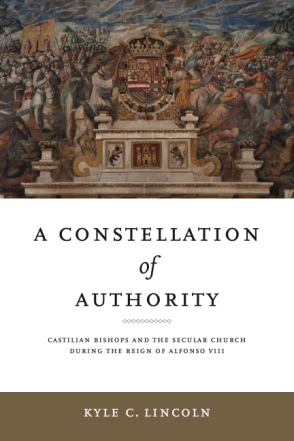
A Constellation of Authority
Castilian Bishops and the Secular Church During the Reign of Alfonso VIII
Kyle C. Lincoln
| Control your subscription options |
